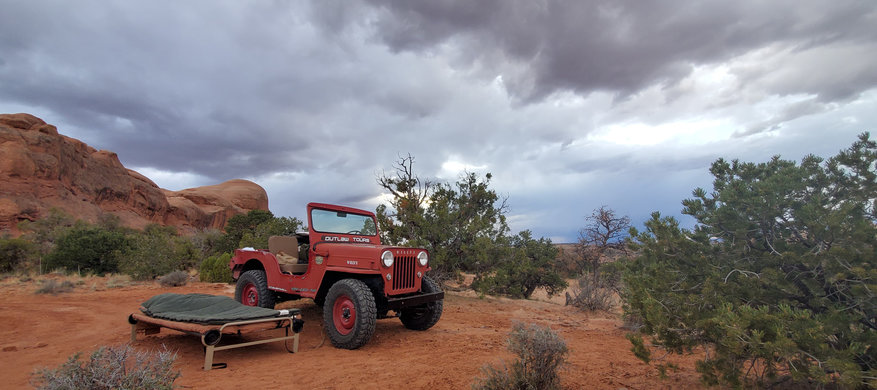by Scott Ammerman
Torque Correspondent
Overlanding, or ‘4x4 camping off the beaten path’ has skyrocketed in popularity over the past few years. Unfortunately, along with all that additional attention and influx of new people has come a cloud of peril surrounding the future of the practice.
While this hobby is exciting, and most certainly rewarding, it is also firmly planted at the exact intersection where Tread Lightly! and 'Leave No Trace’ meet.
Both of these important national organizations are non-profit, and seek to keep nature wild as well as clean—mostly by minimizing the impact of people in real time by following simple and practical guidelines. These groups also travel many steps further down that path by cleaning up heavily impacted areas, often through events designed to reverse the actions of abusive behavior.
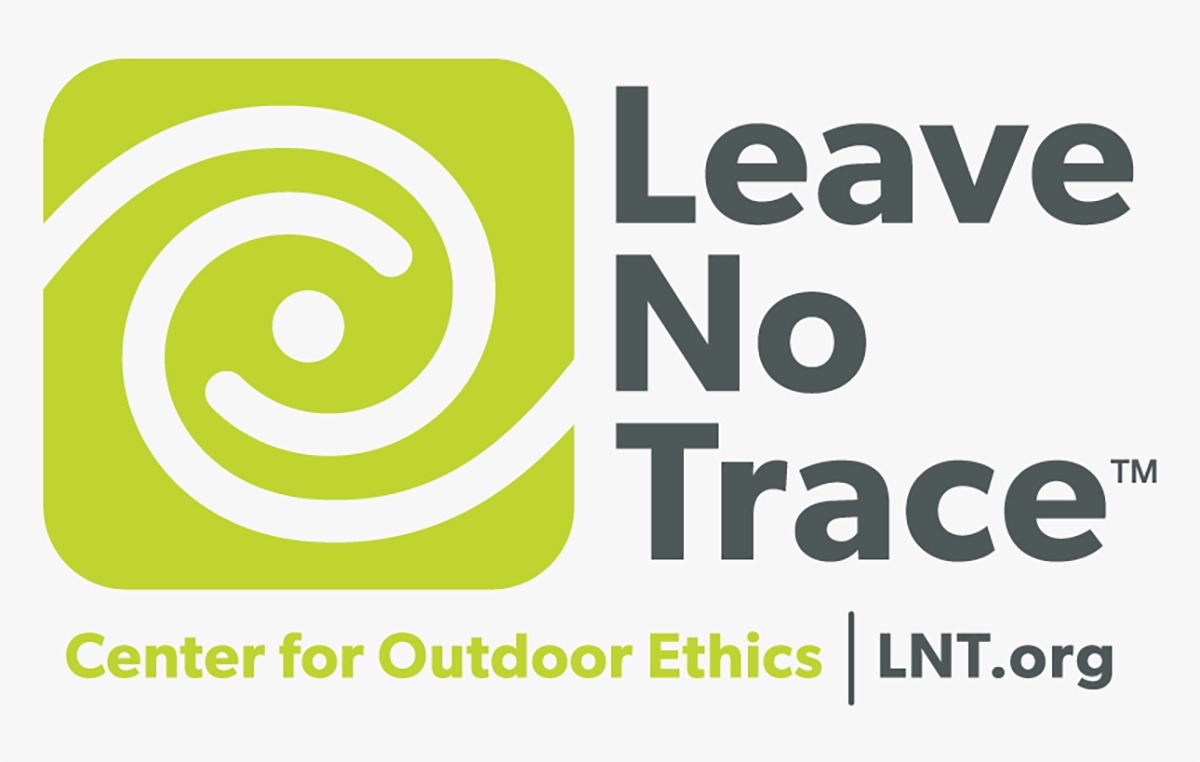
Conceptually, ‘Leave No Trace’ started in the 1970s as a way to keep nature preserved for future generations, but was formed as a non-profit 501(c)(3) corporation in 1994. The organization is now known as the Leave No Trace Center for Outdoor Ethics. The movement was started by the U.S. Forest Service, National Park Service and Bureau of Land Management, along with help from the National Outdoor Leadership School. In 1993, these organizations then met with members of the outdoor industry and non-governmental organizations to form the foundation for Leave No Trace.
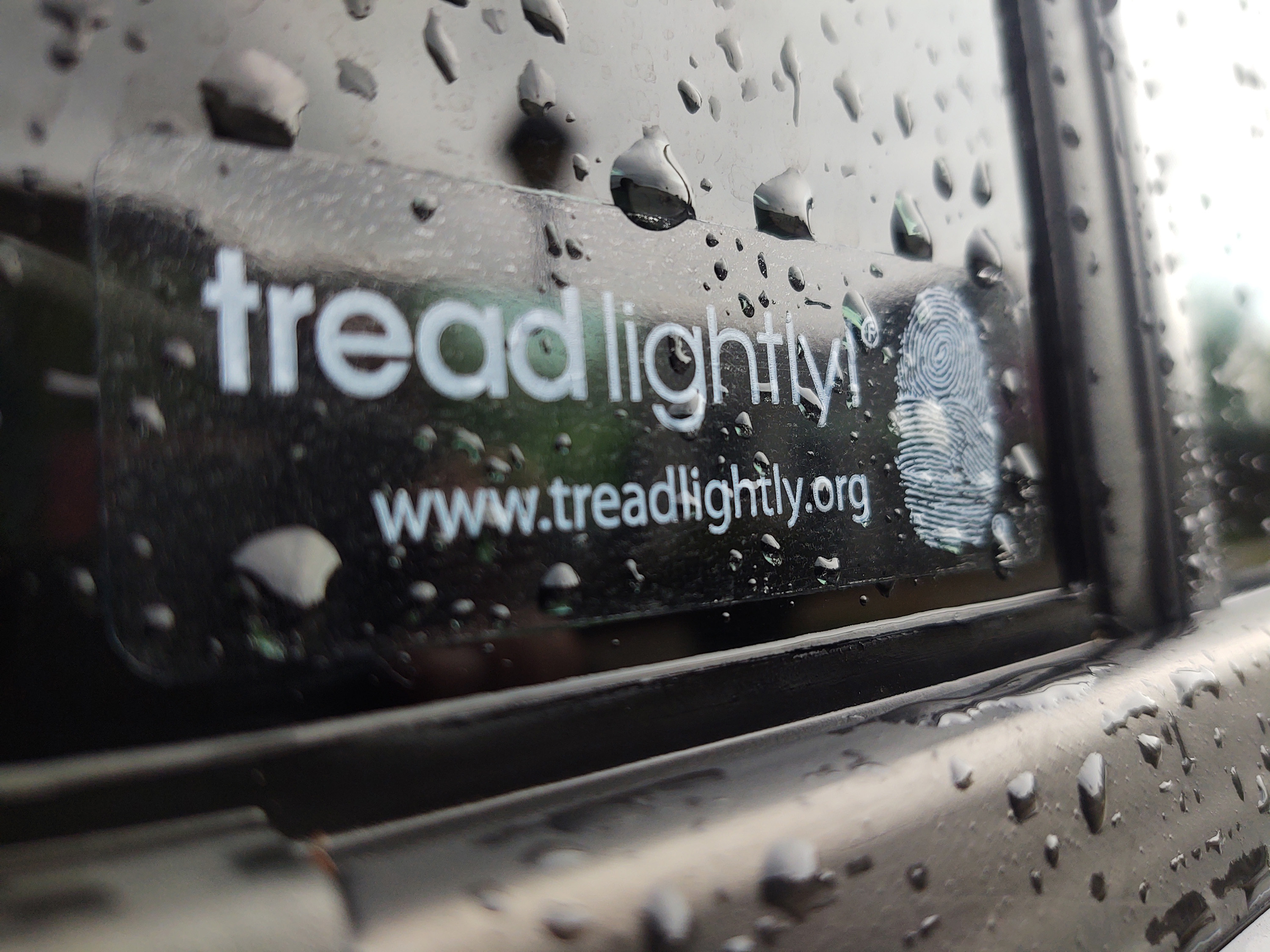
In a similar fashion, Tread Lightly! was founded back in 1985 by the United States Forest Service, but was then turned into a non-profit in 1990. Tread Lightly! receives funding from numerous vehicle manufacturers, as well as many 4WD-inspired companies. Quadratec has been partnering with Tread Lightly since the 1990s, and has helped with many Trail Project grants, while also pitching in on trail cleanup days in Moab, Utah on iconic runs such as Hells Revenge, Wipeout Hill and Hey Joe Canyon. In fact, when you place an order with Quadratec, you can add a pass-through donation to your cart in five different denominations that will help fund future restoration projects.

Driving vehicles off into the wilderness brings along a very serious responsibility we all must share, and the amount of damage being done to nature, as well as the tons of trash and ecological damage left behind by selfish people, have been spiraling out of control nearly hand-in-hand with the amount of new participants in the overlanding category.
Many feel that this problem isn’t theirs to solve, and is not that widespread. Unfortunately, it is. And even a hint of damage to the ecosystem could cause the few remaining trail systems we can still utilize to close. Additionally, there is always the realistic chance this will keep many other trails from opening to public access.
In the last decade in particular, I have seen a huge increase in once-remote locations become completely covered in trash and graffiti. The actions of a scattered few can have a lasting impact on the privileges of many.
So, for all those either just getting started into overlanding, or who simply may not know how their footprint impacts the wild, here is a summary of all the principles for responsible stewardship of nature. But beyond these principals, I also encourage you to explore more in-depth information before taking on your next adventure.
(T)ravel Responsibly
Both Tread Lightly! and Leave No Trace include principles for responsible travel. Because Tread Lightly! focuses more on motorized vehicle usage, they encourage you to stay on designated roads and trails—avoid muddy or flooded tracks—and ford streams only at established paths. Also, they strongly suggest avoiding deep pools wherever possible.

Another important facet is to go over obstacles on the trail, and not around them. This way, it avoids widening the trails. As far as camping out while on a trip, Leave No Trace adds in that people should camp only on durable surfaces—and I would concur because in many regions, sticking to established campsites is the most responsible practice.
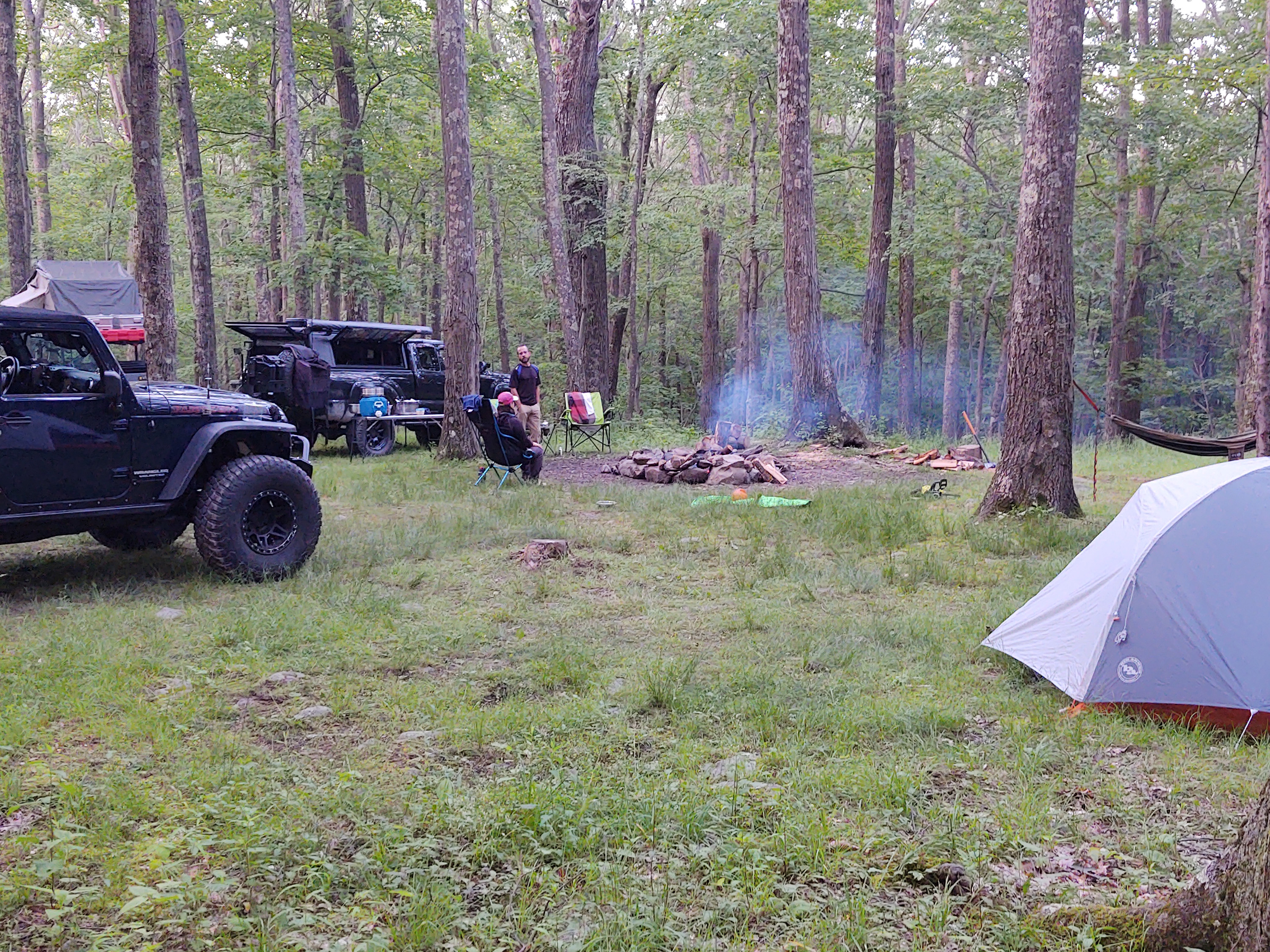
(R)espect The Rights of Others
First and foremost, make sure the area where you are going is legal for you to explore, as well as camp. Do some research before you go out so you know what is public and private property. Trespassing on private property is a sure way to cause issues with future trail access in any region.
We’ve all heard the old adage: ‘If a tree falls in the forest, and no one is around to hear it, does it make a sound?’

Kyle Buchter is the owner and founder of a Pennsylvania-based company titled Off-Road Consulting. He specializes in off road driving and recovery instruction from beginner level courses all the way through advanced, and he has spent his life fostering trust between landowners and off roaders. He puts it this way:
“If I do donuts on your lawn while you’re at work, is it still trespassing? No one was there to see it… right,” Buchter says. “More and more land is being closed to the public because people go increasingly farther off road in search of a secluded spot, and end up on private land without written permission to be there.
“These small actions can have a lasting reach, jeopardizing trail access across the entire country. If you see a spot you would love to explore, asking permission and offering to help maintain the land, or clean up litter that was already there goes a long way. If traveling in a group, you need to make sure you all have permission to go where you are headed. In addition to making landowners angry, you are risking impound and fines.”
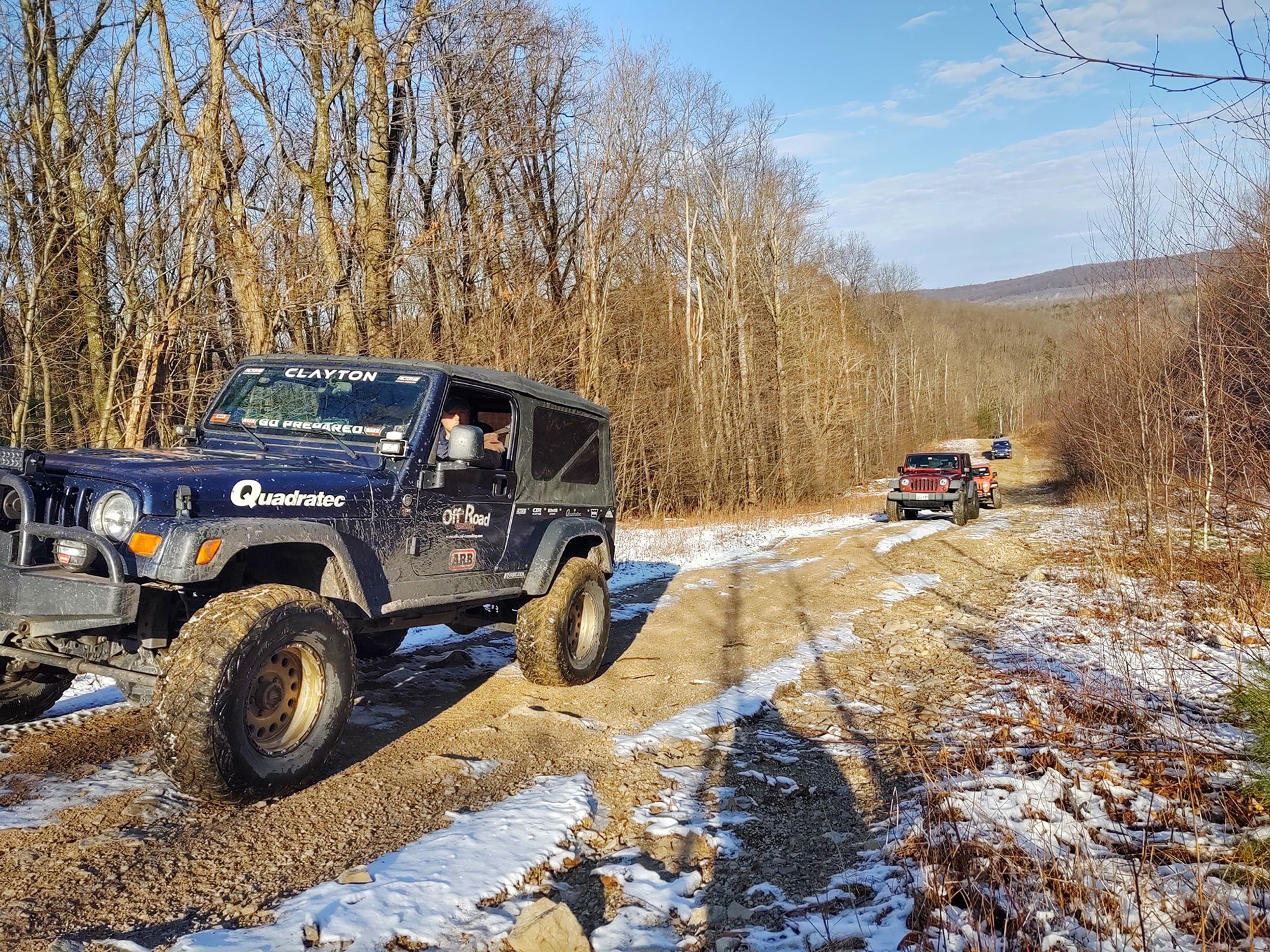
Also be considerate of other visitors, as Leave No Trace states—everyone is out there (hopefully) to enjoy the outdoors, and get away to a place where there is more open space than people. Leave gates as you found them. Yield the right of way to hikers and mountain bikers if you come across them, or any vehicles traveling uphill, losing momentum for them may be more inconvenient than you having to wait for a little while as they go up in elevation.
(E)ducate Yourself
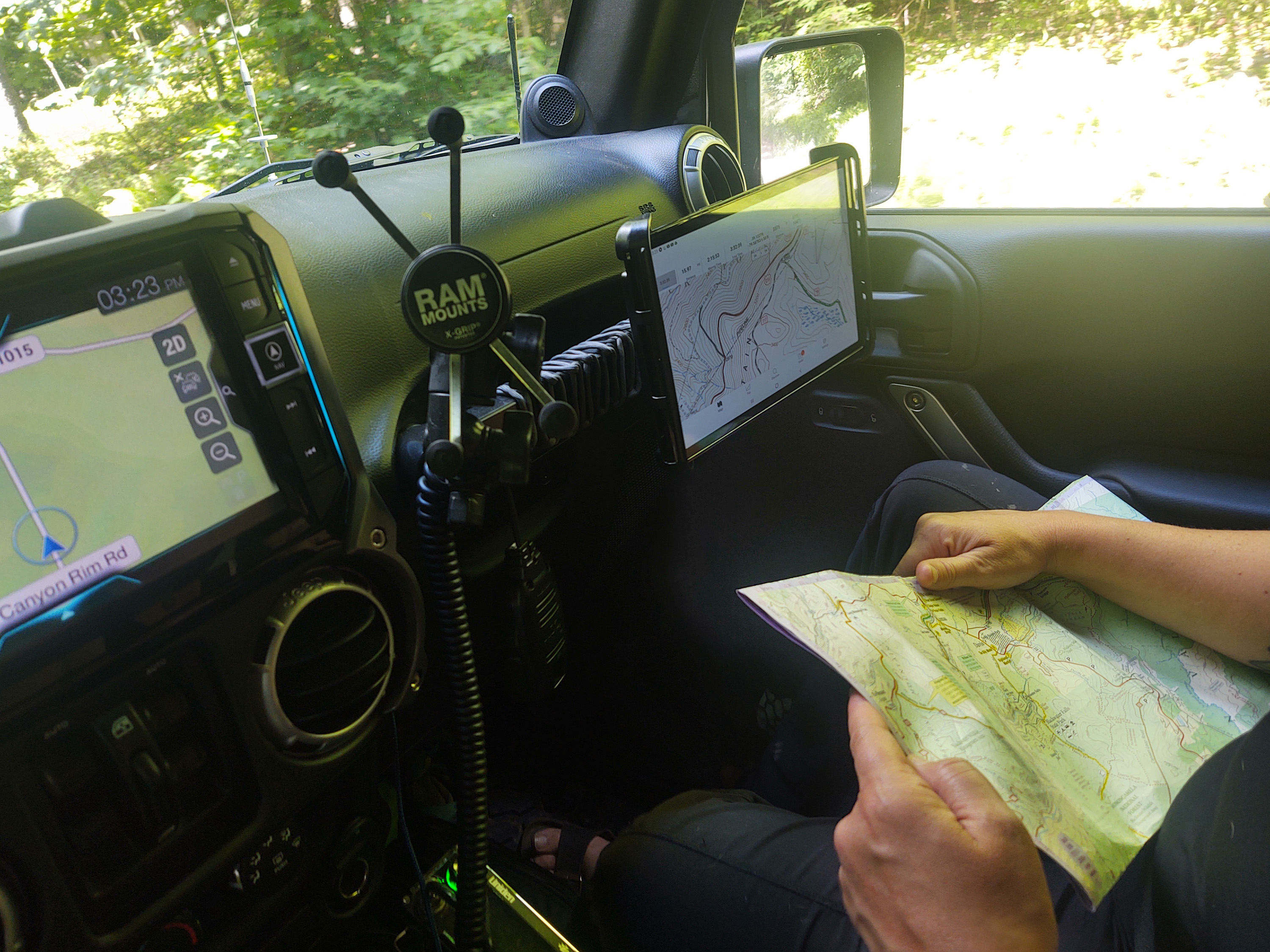
Both organizations also share objectives about education, which is absolutely essential because of the continued growth of overlanding. Stuff like planning ahead and preparing for your trip, obtaining travel maps for the areas you intend to be in, or downloading navigation data. Additionally, checking with established regulatory agencies, obtaining camping permits where applicable, checking fire regulations and adhere to them. If you plan to fish, obtain a license and abide by catch and release rules, or limitations on bag limits or equipment. If you see a hunter, try to minimize noise in the area as they pursue their hobby.
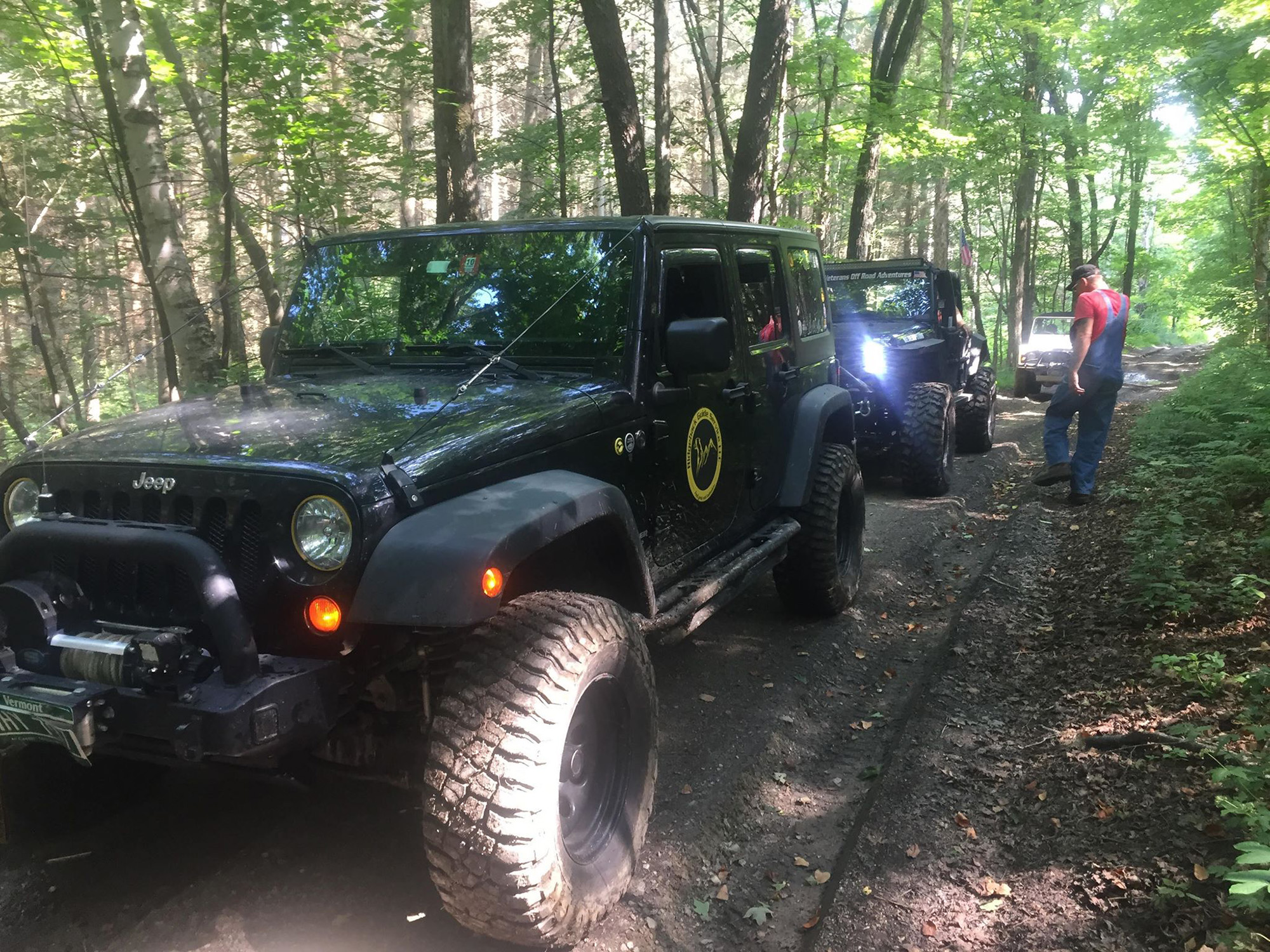
Like many other activities, sometimes it’s best to enlist the aid of an expert in your travels. Hiring a professional guide service, especially early on as you are learning about the outdoors, off-roading or overlanding, will get you a great jump start of knowledge. In fact, spending a few weekend trips with a seasoned pro will likely yield more learning opportunities than several years of going it alone.
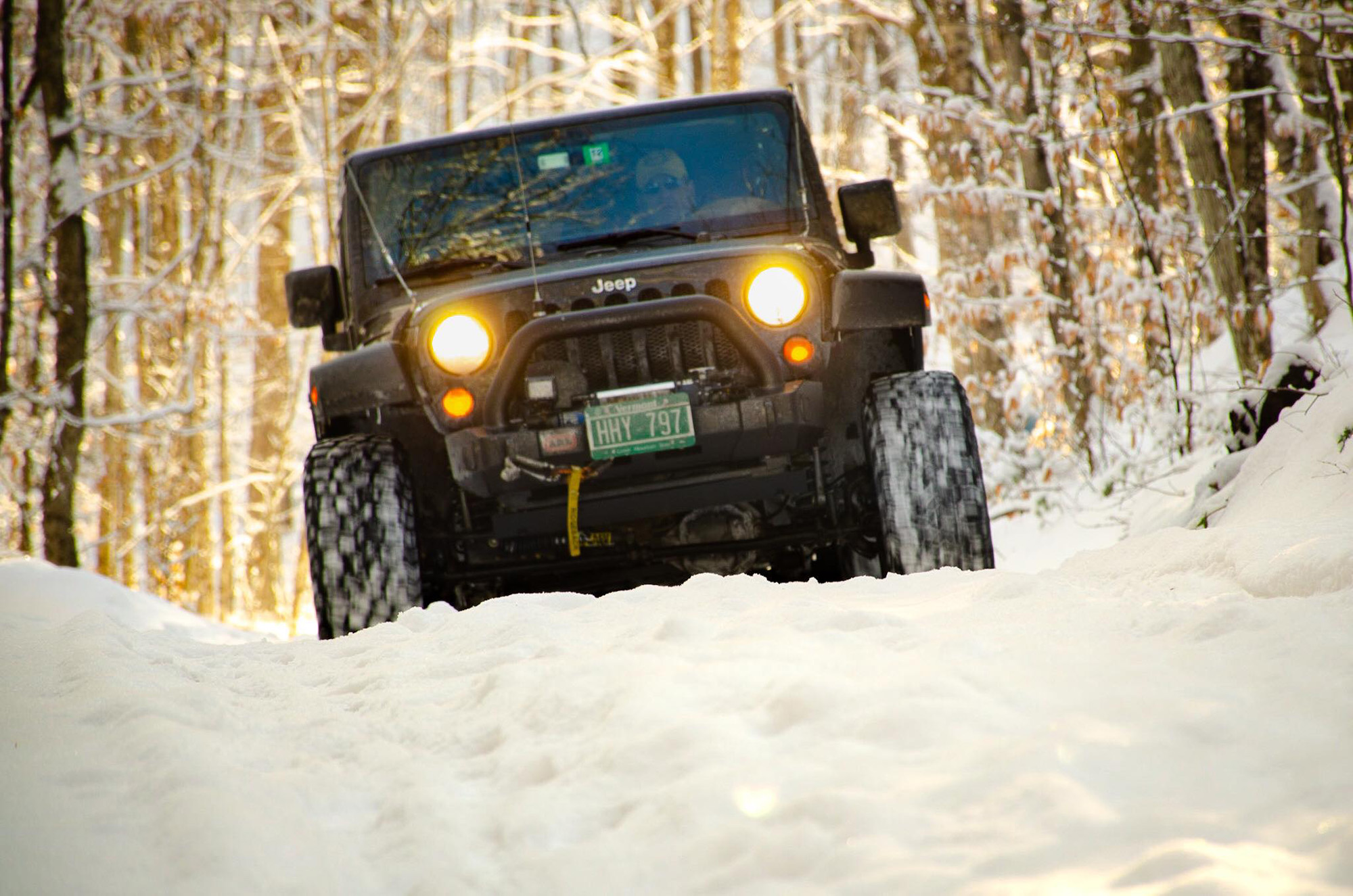
Ron Harrington of Ridgeback Guide Service is a registered Maine Guide with years of experience under his belt. He plans and leads dozens of multi-day expeditions and day trips annually all over the northeastern United States.
"Hiring a reputable guide will keep you on legal trails, out of sensitive areas and allow you to learn Tread Lightly! practices first hand with other new and experienced overlanders," Harrington said. “Understanding the limits of BOTH your skill and your vehicle before embarking on an overlanding trip is also critical. Instruction and practice are the best way to make sure your trip will not end in catastrophe.”
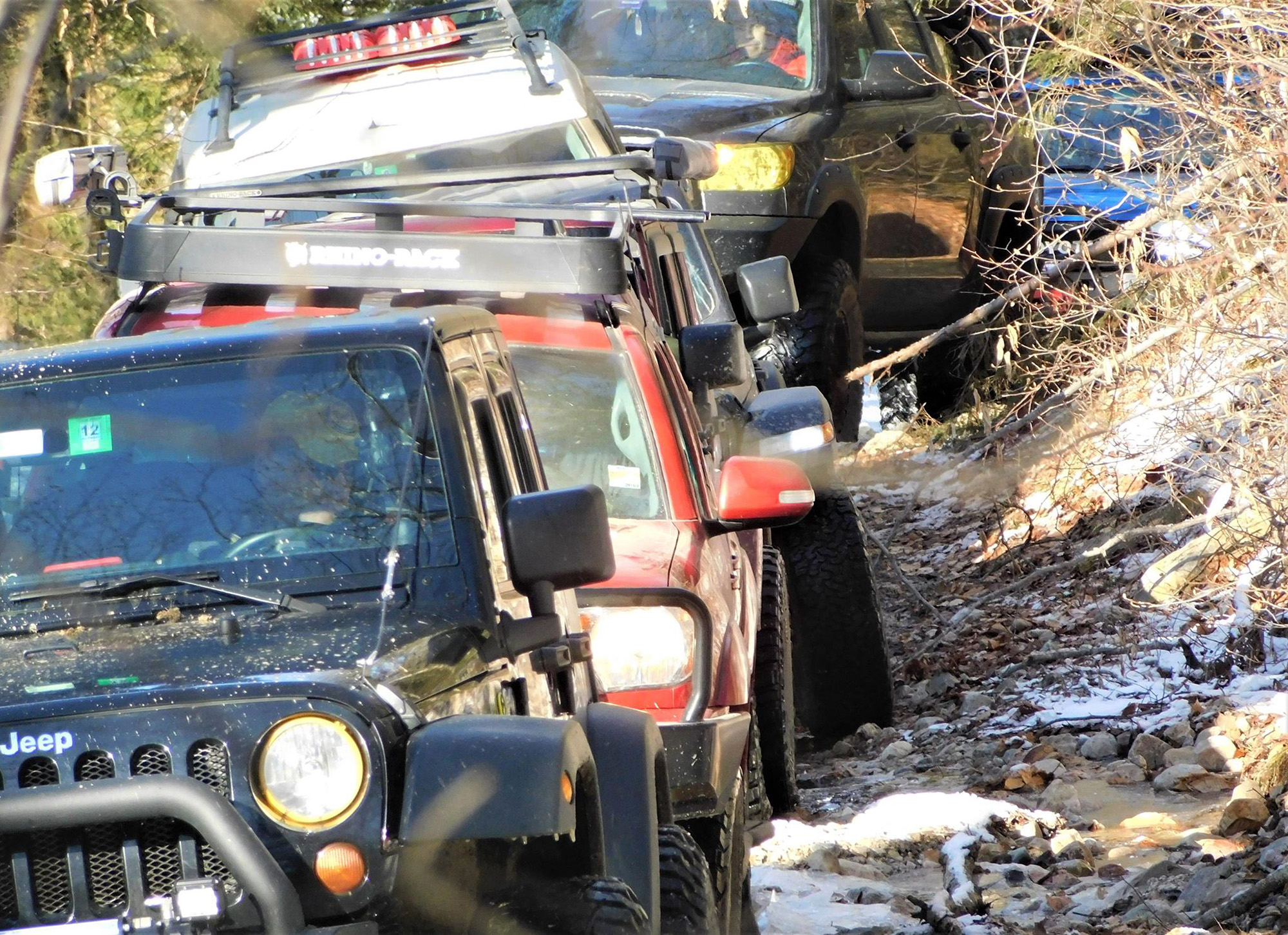
(A)void Sensitive Areas
Do not drive through wetlands, waterways, or lake shores. Stay on designated routes, and protect the sensitive ecosystems you are traveling through. Don’t mess with historical, archaeological or paleontological locations. As Leave No Trace puts it—‘Leave What You Find’. I would also say their rule of ‘Respect Wildlife’ applies here as well. You are visiting their home, after all. Learn about wildlife through quiet observation because ‘getting a better look’ is not worth trampling trailside vegetation or forcing the animal to flee.

Photo credit: Jason Machler, Rocksylvania Overland
This black bear stopped by camp to say hello in the mid-morning, but wandered off after seeing human activity. Trust me, you can see animals do some amazing things if they don’t know you’re there—so stay still and watch nature be itself.
Also, do not leave food lying around, or throw waste scraps anywhere animals will find them. Remember Yogi Bear? He LOVED picnic baskets. He forgot how to forage, and just gave the rangers a hard time after discovering that food. So do not spoil the wildlife by letting them eat the last of your scrambled eggs. They’ll start hanging around campsites and try to eat human food in the milder months, then won’t know what to do in the winter.
(D)o Your Part
This is a big one. Modeling appropriate behavior is vital. Leave all camping and traveling areas better than you found them. If you stop to adjust your tire pressures by the side of the trail, and notice a beer can in the bushes, by all means grab it and pack it out with your trash. Hopefully your example doing this will inspire others in the group to look for discarded items as well.
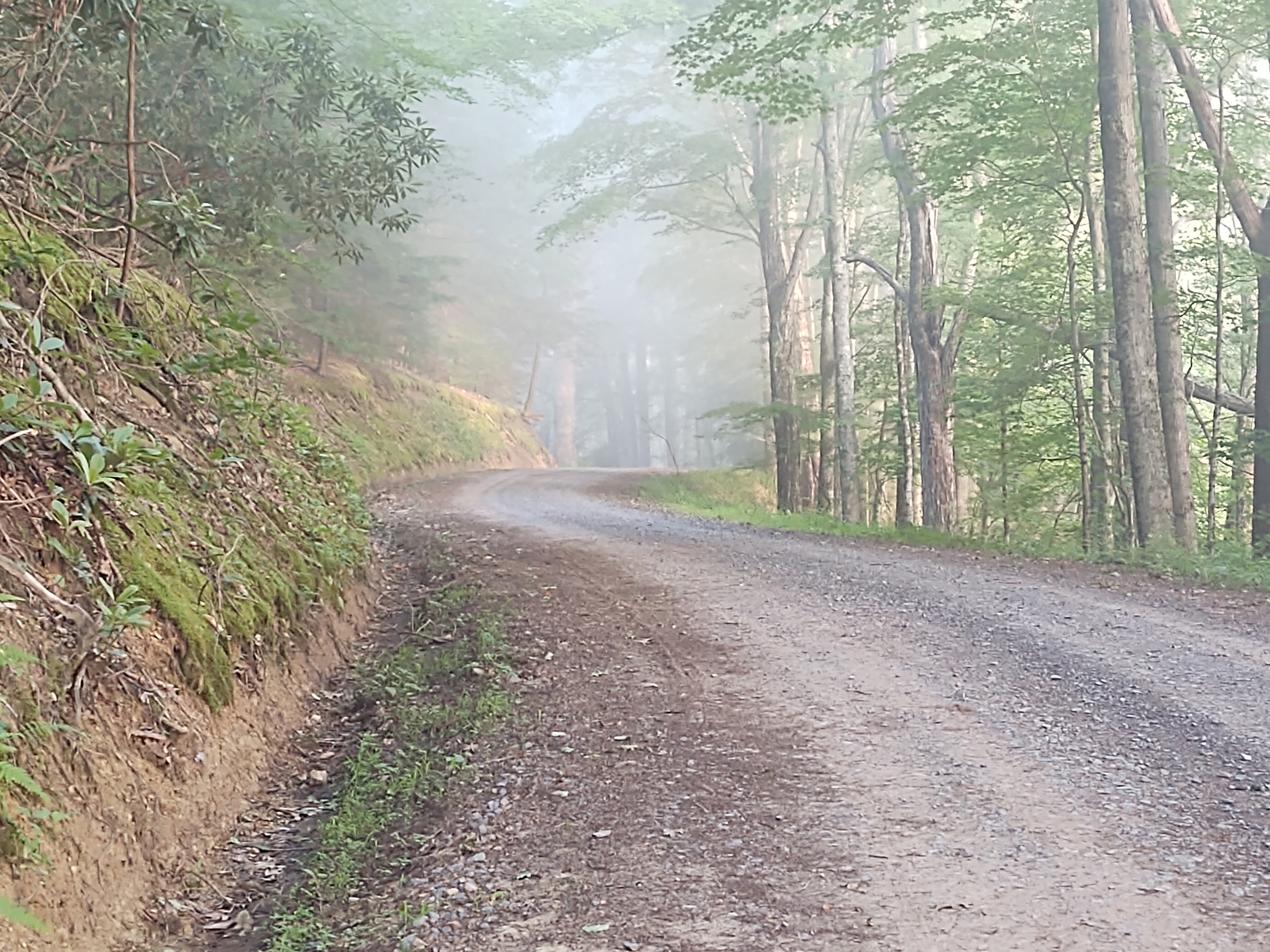
After a day on the trails, I always end up bringing out at least twice as much trash as my share would have been when out in the woods. If your responsible actions offset the irresponsible actions of at least one other human, you are having a remarkably more positive effect on the environment.
Dispose of your trash properly—for example, never burn it in your campfire. This includes human waste so do not leave toiletry items in the wild. Pack out everything you can, and understand the brown stuff can be safely buried 6-8 inches down in the earth in most places. Again, though, understand the environment before you go as some more fragile locales require packing that out too. Also, do not do your business any less than 200 paces from a water source. If you have a pet with you, please clean up after them as well.

Evan Robins, Education and Stewardship Manager for Tread Lightly!, believes passing along this type of knowledge to all those who share our interests will only make things better for everyone.
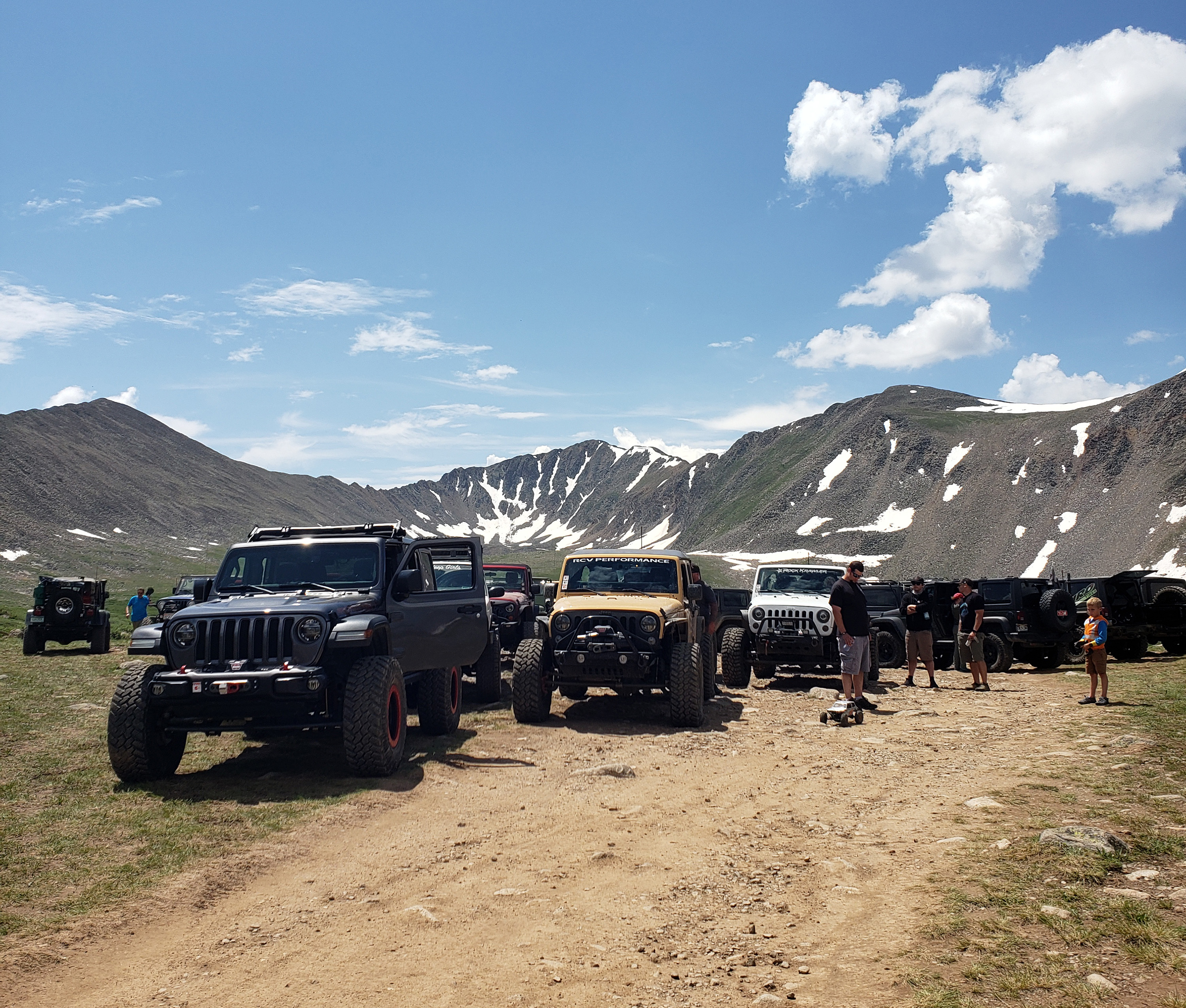
“As we seek adventure in the remote and wild places of our beautiful nation, I believe the best way we can do our part is to look closely at the things we have in common with our fellow outdoor adventurer,” he said. “Whether they prefer to hike or drive to their trail’s end, always be a good ambassador for your preferred type of recreation and the land.
”We typically have more in common than not with others we may encounter on the trail, and working together is key to sustainable access. Also, not everyone may have the experience or knowledge you have. Share what you know and teach others how to be more ethical and aware of their impacts when you can. If we all do our part we will continue to have access to wild places for generations to enjoy.”

I know, all this sounds like a lot to remember. Just think of it this way—if your habits in the wild cause problems that are magnified if everyone else did the same things, then you should make an effort to change those habits.












